A few "most" in ancient Chinese jewelry crafts
Ancient Chinese craftsmanship has always recorded our brilliant and splendid Chinese civilization in a quiet way, and the jewellery craft has opened a flower in the history of the silent ancient craftsmanship in its special way. They carry the scent of history, step through the stars, show the essence of thousands of years of craftsmanship to us, and tell the story of thousands of crafts to us.
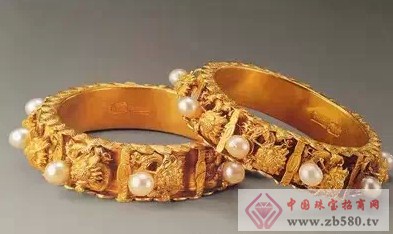
Gold inlaid Kowloon play bead bracelet (late night)
Jewelry and jade have always been the elves of nature to soothe the world, and the jewellery craft is naturally the most dynamic wings. They are either vigorous or sturdy, traditional and gorgeous. I don't know if you can really read their beauty. Below, let Xiaobian lead you to count the "most" of ancient Chinese jewelry crafts.
The most elegant craft - jade carving
Since ancient times, people have borrowed jade feelings and ambitions, and jade life is not happy! The jade culture with unique Chinese flavor also makes jade carving a special art with political, religious, moral, cultural and wealth connotations. The jade carving is mature and prosperous in the feudal society. It has produced countless skilled craftsmen and has made countless beautiful works. Openwork, round carving, relief, hollowing and other processes are self-contained.
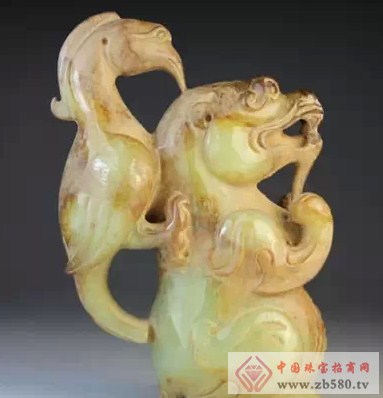
Han Dynasty Hetian jade ornaments
Whether it is the simplicity of the Han Dynasty or the exquisite craftsmanship of the Ming and Qing Dynasties, the unique beauty, taste, style and value of each jade carving work are rare treasures.
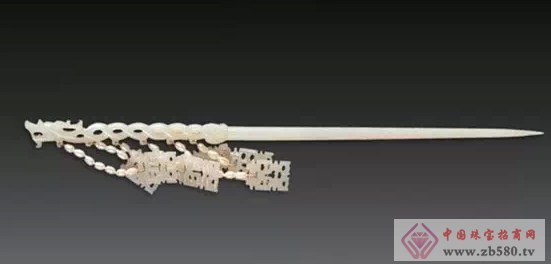
Baiyu faucet hi word 明 (early Ming)
The most gorgeous craft - filigree inlay
The filigree process, also known as the fine gold process, began in the Shang Dynasty. It was used to draw gold, silver, copper, etc. into filaments, and then through the process of stacking, silking, weaving and other techniques, inlaid with various rare jewelry. In the Ming and Qing Dynasties, filigree inlaid jewelry was exclusively for the Royal Palace, and it was praised as one of the eight attractions of Yanjing. The filigree inlay craftsmanship is rare and the craftsmanship is one of the traditional crafts of luxury goods in China. It has been listed as a national intangible cultural heritage.
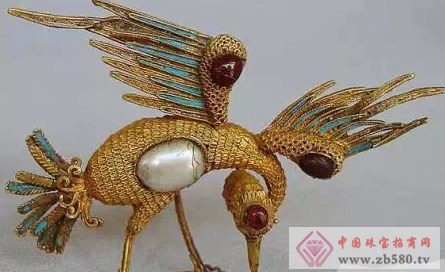
Filigree inlaid golden-winged bird shape decoration
The filigree inlaid jewellery shows a twist of gold and a complex artistic effect.
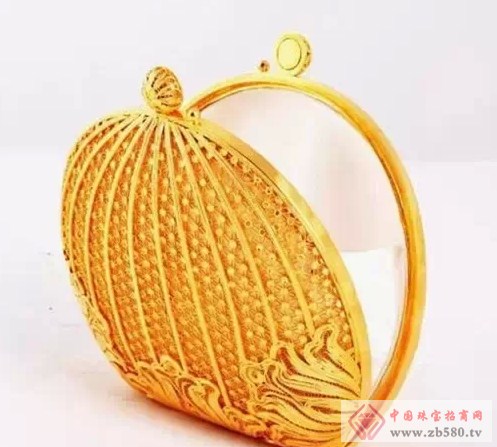
APEC National Ceremony - "Flowers" Handbag
The most quaint craft - engraving
Perhaps the unique knocking of metal is always reminiscent of the hard work of our people for thousands of years. In the thousands of years, Jiangshan generations and generations, the quaint atmosphere of engraving craftsmanship still remains. The history of the engraving process is much longer than the filigree process. It began in the Spring and Autumn Period and prevailed in the Warring States. The production techniques of engraving and engraving were mainly engraved and engraved.

Copper enamel gold engraved dragon tattoo (bright)
The technique of engraving is difficult and requires high demands on the operators. Therefore, there are not many learners. The inheritance of engraving crafts in history has mostly appeared in the form of masters and apprentices. The resulting "old silver" culture and ethnic minority engraving techniques are also attracting people's attention because of their literary atmosphere.

Kirin Baijia Decoration
The most lively craft - point green
Point Cui is the perfect combination of traditional metal and feather crafts in China. According to the different parts and crafts, the kingfisher's feathers can display different colors such as banana moon, lake color and deep navy. The feathers are top grade with emerald blue and snow cyan. In addition, the natural texture and magical light of the bird feathers make the works rich and varied, and magnificent and lively. Dian Cui Craft Jewelry has become one of the representatives of ancient Chinese jewelry.

kingfisher
As a traditional gold and silver jewellery making process in China, due to its complicated production process and the scarcity of raw materials, it is very difficult to preserve the finished products. Most of the modern jade craft ornaments that have been seen in the Qing Dynasty are the best products handed down in the Qing Dynasty.

Point Crest Head
Dian Cui Craft Jewelry is very common in ancient court TV dramas and has attracted wide attention.
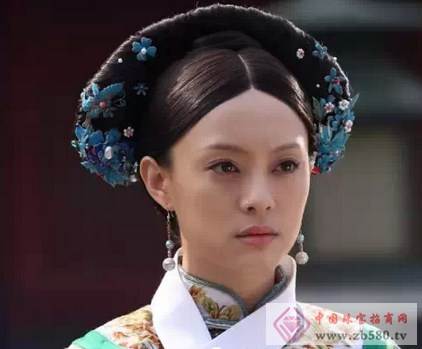
"Biography" Sun Hao wears a touch of craftsmanship
The most complicated process - cloisonne
Cloisonne is also known as the "copper tire æŽ silk çç…", the Ming Dynasty Jingtai years prevailed, exclusively for the royal family to enjoy, Shi glaze mostly blue, hence the name "cloisonne". The production process of cloisonné integrates art, craft, engraving, inlay, metallurgy, glass smelting and other technologies. The process is delicate and complex. After design, tire production, silking, blue, burning blue, grinding, gold plating, etc. The process can be completed.
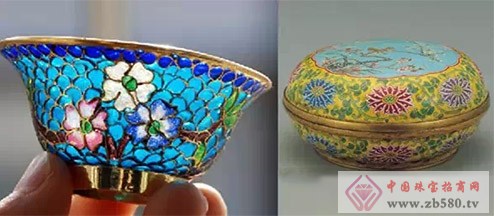
Breathing æŽ silk tea bowl (left) cloisonne blush box (right)
Jewelry made with cloisonne is popular for its rich patterns and bright colors. Today's cloisonne craftsmanship, incorporating modern elements into tradition, has become one of the most traditional export crafts in China.

Sihai Shengping Cloisonne Blue Bottle (APEC National Gift)
The most magnificent craft - burning blue
The blue burning process, which was held in the Qing Dynasty, is an art combining the metal tire technology with the blue color scheme. The pattern is formed on the silver tread by means of grinding, welding, and silver filigree, and the pattern is blue and burnt blue, and finally a transparent transparent silver blue is formed, which is transparent and transparent.
Due to its color characteristics, the blue burning process is widely used in construction. The Nine Dragon Wall in the North Sea is also a masterpiece of burning blue. The dragons of different colors in the Nine Dragon Wall are the perfect expression of the unique artistic effects of the blue burning process.
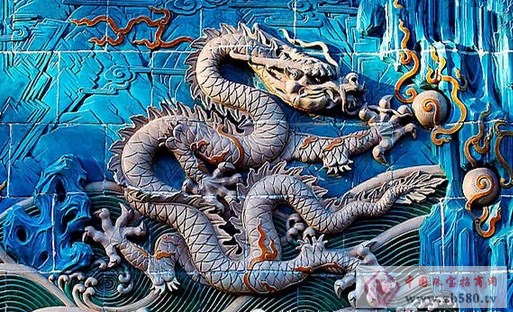
Beihai Park Nine Dragon Wall (partial) burnt blue effect
Different from the vivid green of the point craft, the blue jewellery is rich in monochrome and the color is clear and elegant. Jewelry made with the blue-burning process is popular. In the dynasty of the dynasty, the blue burning technique sketches the joys and sorrows with pure tone.
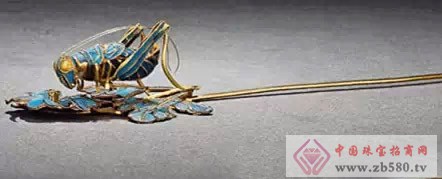
Ancient burnt blue craft headdress
Regarding the niche vocabulary of the craft, everyone can't understand and don't panic, maybe it's a kind of lost craft! Xiaobian lists some professional vocabulary, everyone can learn quickly!
Tired wire: The gold is pulled into gold wire, and then it is braided into a strand or a variety of mesh structures, and then welded to the utensils, which is said to be tired. Also known as "tired gold."
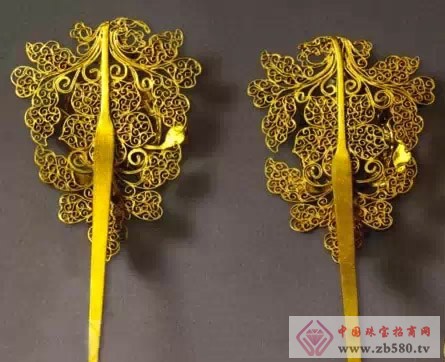
Tired silk craft
Hammering: Using the characteristics of gold and silver to be extremely malleable, hammering gold and silver blocks with a hammer to extend them into a sheet shape, and then creating various shapes and patterns according to requirements.

Hammer craft earrings
Sheet metal: In modern times, it was called "fire gold plating." The gold is melted in the mercury to form a gold mud, which is applied to the surface of the copper or silverware, heated to evaporate the mercury, and the gold is attached to the watch, which is called gold.
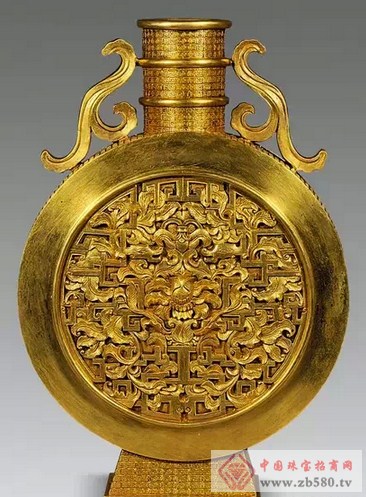
Copper enamel gold floral pattern
Wrong gold and silver: also known as gold and silver. First, a groove pattern is cast on the surface of the bronze, and then the gold and silver wire and the piece are embedded in the groove, and then the wrong stone (that is, the grindstone) is used for the flattening and polishing, and the pattern is expressed by the different gloss of the two metals, which is a wrong gold and silver.
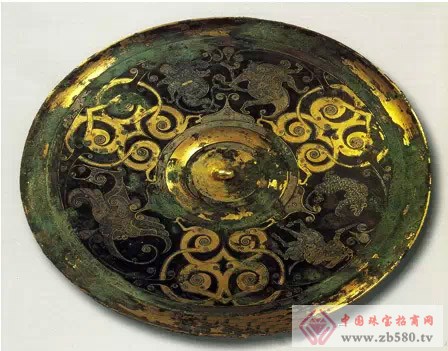
Wrong gold and silver hunting mirror
Fried beads: Dropping the gold solution into warm water will form gold beads of varying sizes, which are called fried beads. The gold beads formed by the fried beads are usually welded to gold and silver objects for decoration, such as joint bead pattern, fish skin pattern and the like.

æŽä¸ç‚¸ç inlaid with dragon and phoenix pot
The ancient Chinese jewellery crafts have experienced the change of mountains and rivers, and the historical turmoil, but still shining with glory, blooming in the long time of Chinese arts and crafts, they waved mud, carrying the aroma of history, stepping through the stars and the stars In the eyes of the world, what we can do is to appreciate the beauty while making the beauty bloom more lasting.
Changxing Xinyang Textile Co., Ltd. , https://www.xinyangtextiles.com
